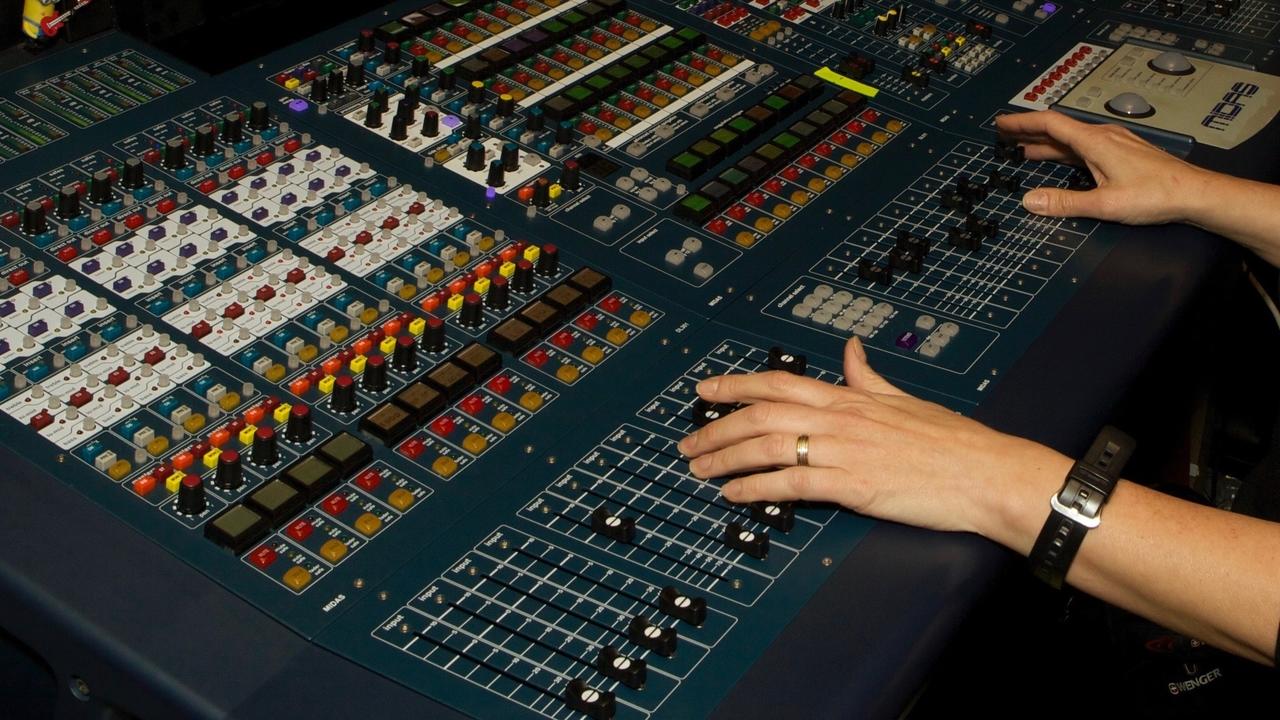Digital Console Quick Start
Feb 17, 2020
How can you quickly learn a soundboard that you never used before?
Sound engineers are often faced with using equipment they have not had any previous experience with. Audio technology keeps changing at an unforgiving pace and with such a huge disparity between digital console surfaces and software systems from one to another, many novice sound engineers are easily overwhelmed.
This is why having a thorough knowledge of signal flow is so important. It allows you to walk up to any console, take a moment to get your bearings- here’s my input gain, here’s my channel EQ, etc. and quickly get to work.
When you own the console or are responsible for it, you should dive deep into the manual or online tutorial and learn it so you can work efficiently. If you are just walking in and mixing on a console du-jour, there should be an audio tech who is well-versed in the software platform, menus, and filing system of that console.
Now, I said ‘should’. For any of you who’ve worked in live sound for more than a year, you all know that what ‘should’ be and what ‘is’ are two very different things. So with that in mind, I would urge you to find out in advance what console you’ll be mixing on so you can peruse the manual beforehand to familiarize yourself with the necessities. Check out my Crash Course in Learning a New Digital Console HERE
I have a nightmare story of a gig where I was thrown on a brand new digital desk for the first time and assured many times over that the house audio tech was an ‘expert’ on this console. Well, after a painfully long day of building my file from scratch and a very long soundcheck, the ‘expert’ saved my show file to my memory card and I went to dinner while the support act was setting up for their soundcheck. Shortly thereafter I was called back to the console only to find the support act had accidentally wiped the entire console when they loaded their show file. The ‘expert’ tried to reload my show file only to find he wasn’t much of an expert and had not actually saved my show, just the channel dynamics information. But that’s a story for another time.
Just saying, if you’re going to be on an unfamiliar desk, take a quick look at the manual if you have time.
So when you are faced with mixing on a digital desk you haven’t used before where do you start?
Here’s a list of things to prioritize and this should help you get a feel for the console fairly quickly.
-Do your input patch.
-Label your inputs and outputs.
-If doing monitors from FOH, assign and patch your monitor mixes and insert a graphic EQ on the output for each mix.
-Assign channels to DCAs and/or Groups and Master Stereo Buses.
-Remember to SELECT the input or output before adjusting parameters.
-Locate the Controls for your input channel parameters such as Gain, EQ, Dynamics, etc.
-Make sure the masters for any Aux and Group buses you are using are unmuted and faders are at 0.
-Find out if there is any output EQ on any of the sends to the PA and where can you access it?
-Is there anything inserted on the master stereo bus and where can you access it.
-Save your file!
These are the basic tasks you need to perform to mix a show. If you’re not sure where to find something or how to do it, don’t be afraid to ask or look it up in the manual.
Always remember to SAVE YOUR WORK!!!
By: Michelle Sabolchick





